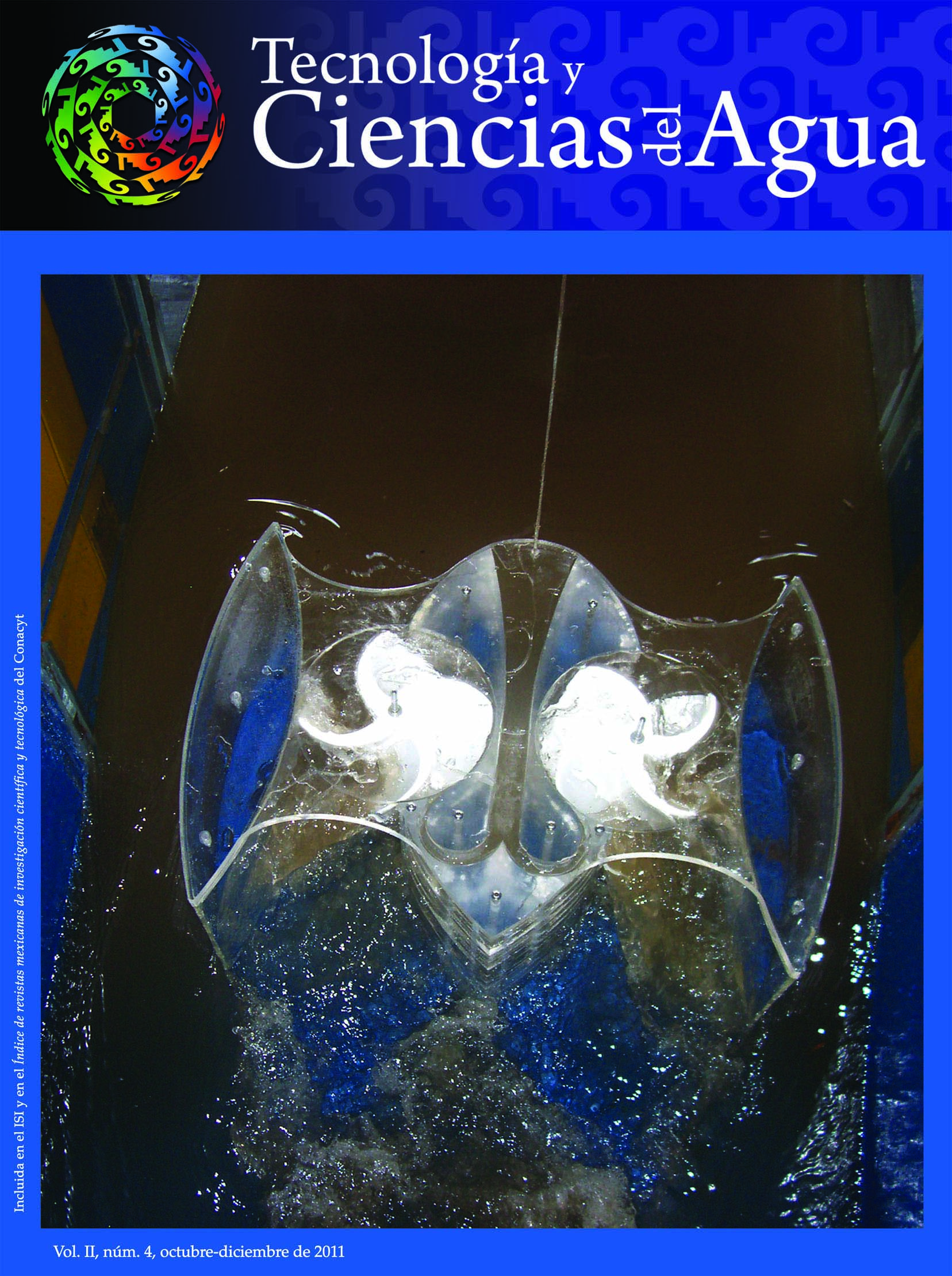Method for the optimal design of networks to monitor groundwater levels
Keywords:
groundwater, monitoring networks, optimal designAbstract
It is essential to measure groundwater levels for long periods of time in order to estimate groundwater availability and its evolution. However, economic resources are a limitation to gathering enough data to estimate the evolution of these levels with certainty. Therefore, methods are required to design groundwater monitoring networks so as to effectively use the economic resources available for monitoring. The Herrera and Pinder method (Herrera, 1998) for the optimal design of groundwater quality sampling networks, applied by Herrera et al. (2001) and by Herrera and Pinder (2005), has several advantages: it allows for optimally selecting both monitoring positions and monitoring times; the information from the monitoring network enables obtaining estimates in space and time and; the method uses a flow and transport model that synthesizes knowledge about the characteristics of the aquifer, the groundwater flow dynamics and the groundwater quality problem, as well as knowledge about the laws of physics. This work tests, for the first time, a modification of the original method for the design of groundwater level monitoring networks. A synthetic case is presented in which the network is designed for a single time, assuming steady-state flow. The results indicate that the methodology proposed by Herrera and Pinder has good prospects for successful application to the optimal design of groundwater level monitoring networks.Downloads
Published
How to Cite
Issue
Section
License

This work is licensed under a Creative Commons Attribution-NonCommercial-ShareAlike 4.0 International License.
By Instituto Mexicano de Tecnología del Agua is distributed under a Creative Commons Attribution-NonCommercial-ShareAlike 4.0 International License. Based on a work at https://www.revistatyca.org.mx/. Permissions beyond what is covered by this license can be found in Editorial Policy.









